Seed Capital
The Accelerator Conundrum: Navigating Your Path to Startup Success

The Accelerator Conundrum is a multipart series that challenges the prevailing wisdom of the tech startup ecosystem that entrepreneurs should Blitzscale out of the gate. Written by Sramana Mitra, the Founder and CEO of One Million by One Million (1Mby1M), the world’s first global virtual accelerator, it emphatically argues that a better strategy is to Bootstrap First, Raise Money Later, focus on customers, revenues and profits. 1Mby1M’s mission is to help a Million entrepreneurs reach a million dollars in annual revenue and beyond. Sramana’s Digital Mind AI Mentor virtually mentors entrepreneurs around the world in 57 languages. Try it out!
Alright, let’s cut through the noise and get to the brutal truth of the startup accelerator world. Many entrepreneurs, starry-eyed and naive, leap headfirst into 3-month accelerator programs without truly understanding the long-term implications. It’s time for an incisive commentary, a necessary dissection.
>>>1Mby1M Udemy Courses with Sramana Mitra: Financing
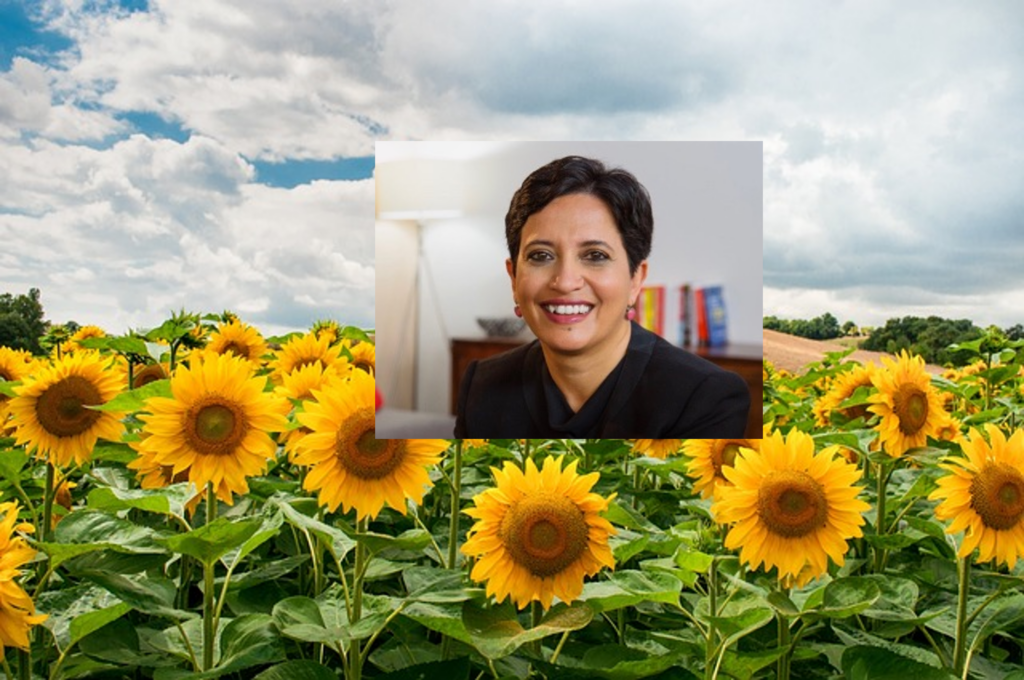
Raising money to build a startup is a huge challenge. To be able to raise any money at all, you must first understand how investors think. We have developed the following courses catering to entrepreneurs in different stages of their entrepreneurial journey.
>>>1Mby1M Virtual Accelerator AI Investor Forum: With Krishnakumar Natarajan, Co-Founder of Mela Ventures (Part 1)

Krishnakumar Natarajan, Co-founder at Mela Ventures, discusses his firm’s AI investment thesis.
>>>Featured Videos
Can 1M/1M Help Me Raise Money?
How Does 1M/1M Democratize Entrepreneurship Education?
How Does 1M/1M Democratize Management Consulting?
When Is The Right Time To Join 1M/1M?
Can 1M/1M Help Me With Business Development?
Can 1M/1M Help Me With Market Sizing?
Can 1M/1M Help Me Validate My Product?
Will I Have Private 1-on-1 Sessions In 1M/1M?
How Does 1M/1M Help Entrepreneurs Connect With Silicon Valley?
Mentoring or Consulting?
Why Does 1M/1M Charge $1000 a Year?
Why Does 1M/1M Partner With Local Organizations?
Why Don\’t Mentoring Networks Work?
Why Is It Important To Study With 1M/1M Now?
Dan Stewart Story
Vikrant Mathur Story
1Mby1M Virtual Accelerator AI Investor Forum: With Daniel Cohen, General Partner at Viola Ventures (Part 1)
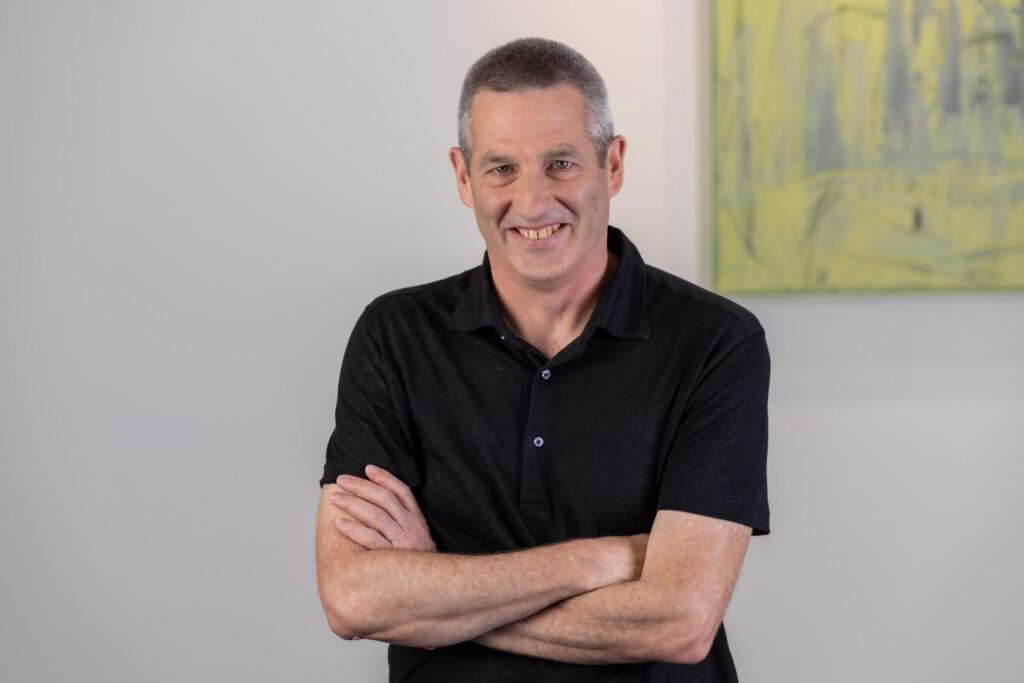
Daniel Cohen, General Partner at Viola Ventures, discusses his firm’s AI Investment thesis. If you have been following this series, you know that it has yielded a lot of insights.
>>>1Mby1M Virtual Accelerator AI Investor Forum: With Benjamin Narasin, Founder and General Partner at Tenacity Venture Capital (Part 1)

Benjamin Narasin, Founder and General Partner at Tenacity Venture Capital, discusses his AI investment point of view.
>>>1Mby1M Virtual Accelerator AI Investor Forum: With Venktesh Shukla, Founder and Managing Partner at Monta Vista Capital (Part 1)

Venktesh Shukla, Founder and Managing Partner at Monta Vista Capital, discusses why he wants to see Human-in-the-Loop Generative AI startups. We’re hearing this a lot right now.
>>>1Mby1M Virtual Accelerator AI Investor Forum: With Investor Gus Tai (Part 1)

At a recent roundtable, we had Gus Tai, Investor, Board Member and Retired General Partner at Trinity Ventures discuss the implications of human-centric AI, white spaces, comparables, and more.
>>>1Mby1M Virtual Accelerator AI Investor Forum: With Gaurav Chaturvedi, Partner at Kae Capital (Part 1)
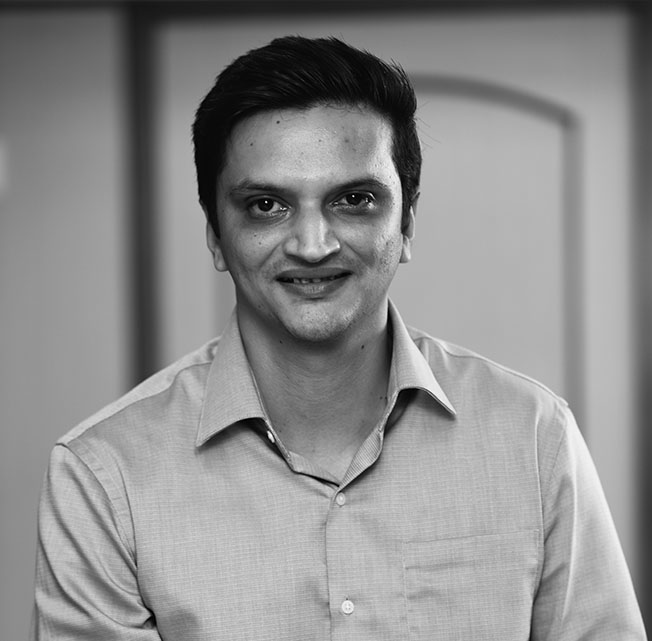
Gaurav Chaturvedi, Partner at Kae Capital, discusses the trends he is seeing in the Indian startup ecosystem.
>>>1Mby1M Virtual Accelerator AI Investor Forum: With Ashish Gupta, Partner at Clearvision Ventures (Part 1)
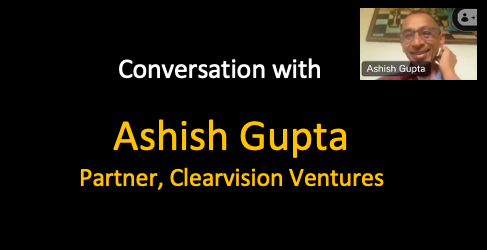
Ashish Gupta, Partner at Clearvision Ventures, has been in the industry for a long time and has an interesting perspective on AI investing.
>>>1Mby1M Virtual Accelerator AI Investor Forum: With Yash Hemaraj, General Partner at BGV (Part 1)
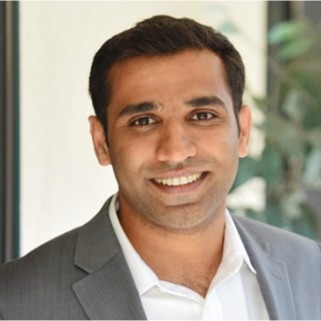
Yash Hemaraj is General Partner at BGV, and Founding Partner at Arka Venture Labs. This is a very interesting discussion that goes into the nuances of high velocity Positioning and Go To Market strategies.
>>>1Mby1M Virtual Accelerator AI Investor Forum: With Jishnu Bhattacharjee, Managing Partner at Nexus Venture Partners (Part 1)

Jishnu Bhattacharjee, Managing Partner at Nexus Venture Partners, has been investing in AI startups for over a decade. This is an excellent and insightful discussion about his AI investment thesis.
>>>New Course – How VC Investors Think About AI Startups + Coupons

Our new course, How VC Investors Think About AI Startups, cuts through the hype surrounding AI to offer entrepreneurs real insights into what drives investor decision-making in this space. It shares the perspectives of venture capitalists who are actively investing in AI startups, with a focus on how machine learning is influencing their strategies. Through in-depth conversations, you’ll explore how investors evaluate enterprise AI adoption, the potential of general AI versus specialized applications, and the infrastructure needed to scale artificial intelligence. The course also tackles key challenges like AI hallucination and the evolving role of superintelligence in shaping the future of the industry. By the end, you’ll gain a deeper understanding of what VCs look for in AI startups, along with examples from their portfolios that highlight these strategies in action.
For the month of September, we are offering you up to 85% off this course and all of those listed below.
All of the discount coupons will expire on September 30, 2024, so enroll today!
Artificial Intelligence:
How VC Investors Think About AI Startups with Sramana Mitra: TRY1MBY1MSEP2024AIVC
How To Build AI Startups with Sramana Mitra: TRY1MBY1MSEP2024AI
Generative AI Startup Strategy Case Studies: TRY1MBY1MSEP2024GAI
1Mby1M Virtual Accelerator AI Investor Forum: With Sailesh Ramakrishnan, Managing Partner at Rocketship.vc (Part 1)

Sailesh Ramakrishnan, Managing Partner at Rocketship.vc, discusses his AI investment thesis and shares his firm’s use of AI in monitoring investment-worthy startups.
>>>653rd 1Mby1M Entrepreneurship Podcast with Ashish Gupta, Clearvision Ventures
Ashish Gupta, Partner at Clearvision Ventures, has been in the industry for a long time and has an interesting perspective on AI investing.
Podcast: Play in new window | Download
Subscribe: Apple Podcasts | Android | Google Play | Stitcher | TuneIn | RSS
652nd 1Mby1M Entrepreneurship Podcast with Yash Hemaraj, General Partner at BGV
Yash Hemaraj is General Partner at BGV, and Founding Partner at Arka Venture Labs. This is a very interesting discussion that goes into the nuances of high velocity Positioning and Go To Market strategies.
Podcast: Play in new window | Download
Subscribe: Apple Podcasts | Android | Google Play | Stitcher | TuneIn | RSS
1Mby1M Virtual Accelerator AI Investor Forum: With Jukka Alanen, Rebellion Ventures (Part 1)
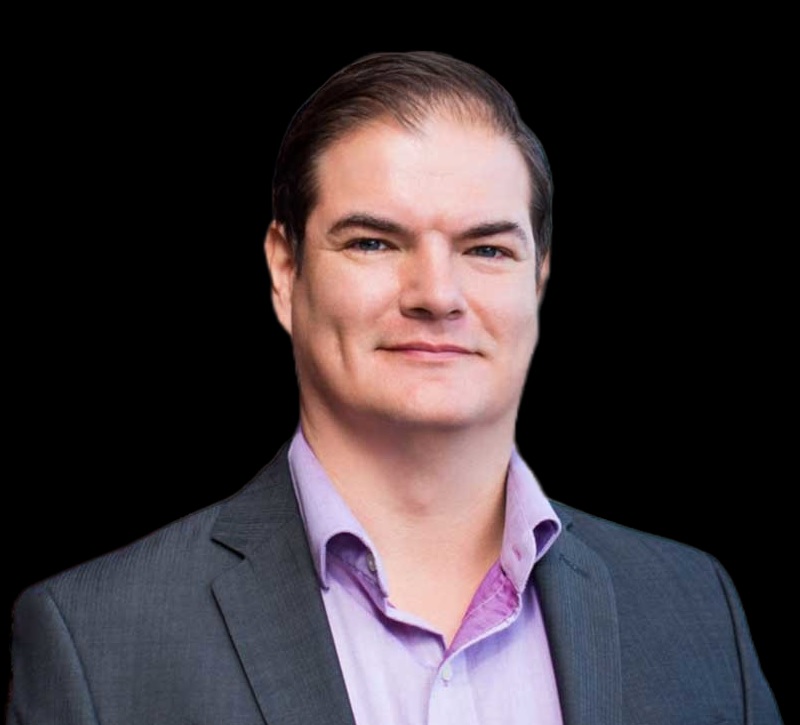
Jukka Alanen, Managing Partner at Rebellion Ventures, discusses his portfolio, investment thesis and related trends.
>>>650th 1Mby1M Entrepreneurship Podcast with Jishnu Bhattacharjee, Nexus Venture Partners
Jishnu Bhattacharjee, Managing Partner at Nexus Venture Partners, has been investing in AI startups for over a decade. This is an excellent and insightful discussion about his AI investment thesis.
Podcast: Play in new window | Download
Subscribe: Apple Podcasts | Android | Google Play | Stitcher | TuneIn | RSS
